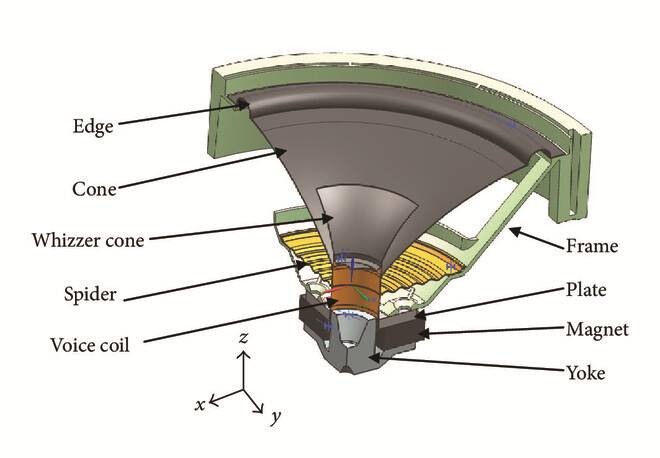How to Measure the Strength of a Magnet?
Magnets are objects that generate their magnetic field. Typically, magnets can be divided into two different groups: permanent magnets and electromagnets. Permanent magnets are those objects that are magnetized and will remain magnetized forever. Electromagnets are composed of wire coils. When current flows through, it generates a magnetic field and loses the magnetic field immediately when the power stops. However, the magnetic field is invisible to human eyes, so how to measure the strength of a magnet? In this article, we'll try to answer this question.
 How to Measure the Strength of a Magnet?
How to Measure the Strength of a Magnet?
You can measure the overall magnetic strength of a magnet (called the magnetic moment) or its local strength (called magnetization for short). The magnetic moment of a substance can be calculated based on whether the substance is an inherent magnetic field or a magnetic field caused by an electric current. If magnetism is inherent, the size of each elementary particle in the material can be measured, and the net moment can be determined. If it is caused by current, the magnetism of the electrons flowing through the object must be tracked.
Magnet strength is usually marked on commercial magnets as a reading based on its Gaussian rating. There are two main types of magnetometers, one is used to observe the net magnetism of an object, called a scalar device, and the other can track the magnetic vector and give the magnetic field strength in a specific direction, called a vector device. Different magnetometers work in different ways. Common vector magnetometers include superconducting quantum interferometers, atomic SERF, and fluxgates. Common scalar devices include Hall effect magnetometers, proton precession magnetometers, and rotating coil magnetometers.
It is important to note that the Gaussian rating usually provided for magnets does not reflect the surface magnetism of the object. Generally, the magnet strength calculated on a commercial magnet will reflect the magnet's core strength, which may be much stronger than the surface strength.
In recent years, with the popularization of rare earth magnets in households, the strength of magnets has begun to be simply expressed in terms of tensile strength, which refers to how much weight the magnet can pull, which is measured by a tensile tester. It should also be noted that magnet strength may be affected by many conditions, including electricity, heat, and humidity in some cases.
Conclusion
Thank you for reading our article and we hope it can help you to have a better understanding of how to measure the strength of a magnet. If you want to learn more about magnets, we would like to advise you to visit Stanford Magnets for more information.
As a leading magnet supplier across the world, Stanford Magnets has been involved in R&D, manufacturing, and sales of magnets since the 1990s. It provides customers with high-quality permanent magnets like SmCo magnets, neodymium magnets, AlNiCo magnets, and ferrite magnets (ceramic magnets) at a very competitive price.















